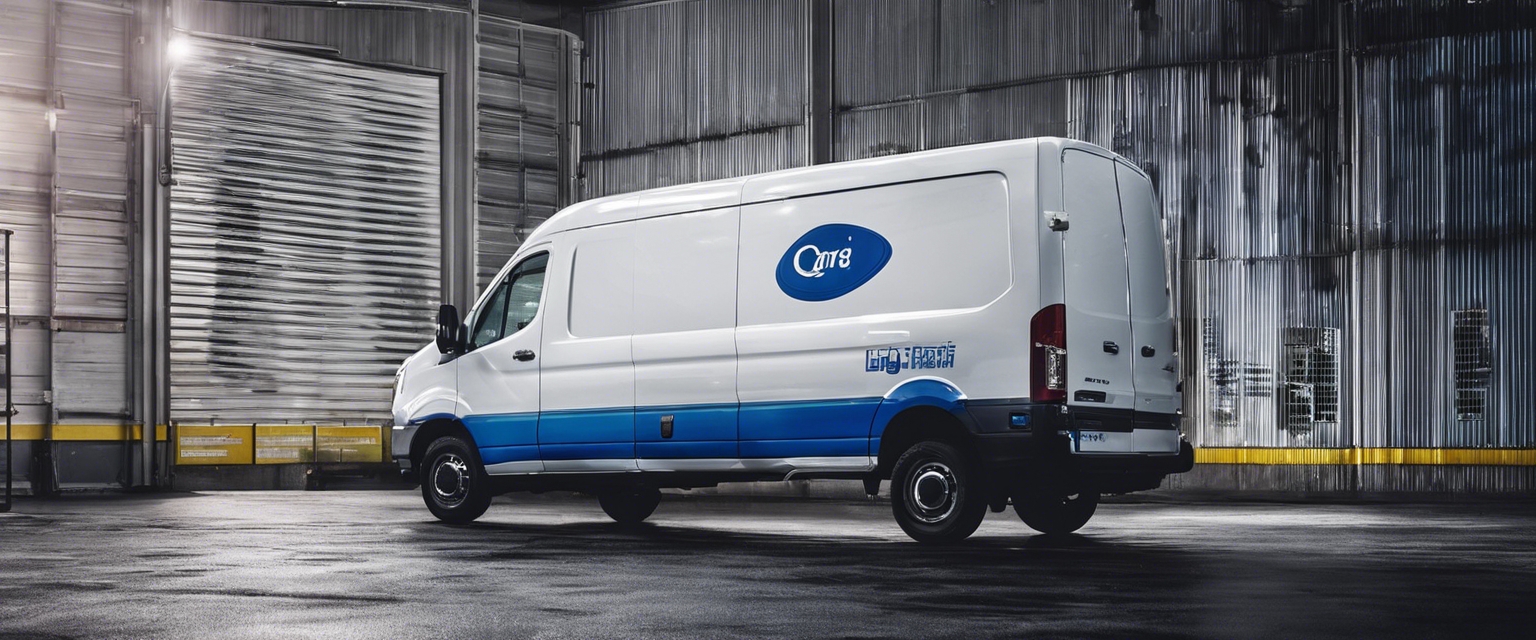The ultimate guide to tailgate lifts for your fleet
Tailgate lifts, also known as liftgates, are hydraulic or pneumatic devices installed at the rear of a vehicle to facilitate the loading and unloading of goods. They serve as an essential tool for fleets, especially those involved in cold chain logistics, to handle temperature-sensitive products with care and efficiency.
In the realm of cold chain logistics, maintaining the integrity of perishable goods during transport is paramount. Tailgate lifts provide a seamless transition from warehouse to vehicle, minimizing exposure to outside temperatures and ensuring that products remain within their required temperature range.
Types of Tailgate Lifts
These robust lifts extend out and tilt, offering a stable platform for loading. They are ideal for heavy-duty applications and can accommodate a variety of cargo sizes.
Tuck-away lifts are stored under the vehicle when not in use, making them a space-saving solution for fleets that require rear door access without a lift.
Slider lifts are designed to slide underneath the vehicle, providing a clear pathway for loading and unloading when retracted. They are suitable for operations with limited space.
Specialty lifts are engineered to work in tandem with refrigerated vehicles, featuring materials and mechanisms that withstand low temperatures without compromising performance.
Key Features to Consider
The lifting capacity of a tailgate lift must align with the weight of the goods being transported. It's crucial to choose a lift that can handle the maximum load without strain.
The platform should be large enough to accommodate the cargo and made of materials that support the cold chain process, such as corrosion-resistant metals.
Whether hydraulic or pneumatic, the operation mechanism should provide smooth and reliable lifting action, with controls that are easy to operate in cold conditions.
Safety features such as anti-slip surfaces, guardrails, and automatic shut-off systems are essential to prevent accidents during the loading process.
Tailgate lifts for refrigerated fleets should be compatible with the vehicle's temperature control system to avoid any disruption in the cold chain.
Installation and Maintenance
Proper installation by certified technicians is vital to ensure that the tailgate lift operates safely and efficiently.
Regular maintenance and inspections are necessary to keep the lift in optimal condition and to identify any potential issues before they lead to downtime.
Understanding common issues such as hydraulic leaks or electrical malfunctions and knowing how to troubleshoot them can save time and money.
Benefits of Tailgate Lifts for Your Fleet
By streamlining the loading process, tailgate lifts can significantly increase the efficiency and productivity of a fleet's operations.
With the right safety features in place, tailgate lifts reduce the risk of injury to operators by minimizing manual lifting and handling.
By reducing wear and tear on the vehicle's structure, tailgate lifts can extend the life and value of the fleet's assets.
Using tailgate lifts can help fleets comply with health and safety regulations, which is crucial for businesses handling food, beverages, and pharmaceuticals.
Choosing the Right Tailgate Lift Supplier
It's important to select a supplier that offers high-quality, reliable tailgate lifts that can withstand the demands of cold chain logistics.
Excellent customer service and support are critical, especially when it comes to installation, maintenance, and troubleshooting.
A supplier with a wide range of products and the ability to customize solutions to fit specific needs will be a valuable partner for any fleet.
While cost is always a consideration, it should be weighed against the benefits and long-term savings that a quality tailgate lift can provide.





Comments (0)